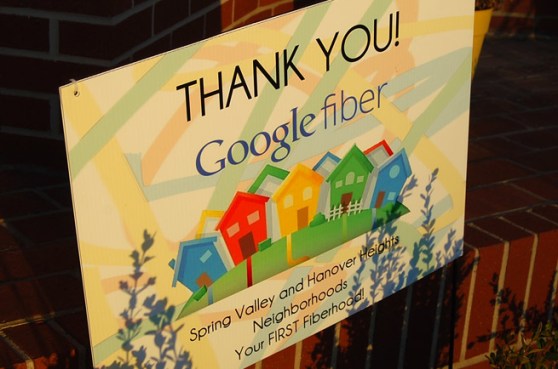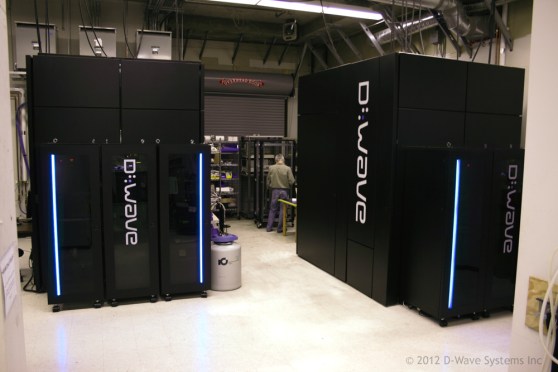11. Private spaceflight
No list of cool technology would be complete without a reference to SpaceX, Elon Musk’s private-sector spaceflight venture.
In 2008, SpaceX launched a payload into orbit using its Falcon 1 rocket. In 2009, the company lofted a commercial payload into orbit, making it the first to do so using a privately funded rocket. In 2010, SpaceX successfully launched its first Falcon 9 rocket into orbit.
Check out one of the videos below from the SpaceX channel of the Dragon being attached to the International Space Station. We love that the highest-ranking comment gives thanks to Musk and SpaceX for “making me dream.”
12. Indoor Positioning
Last year, I reported that the time had finally come for indoor location technology. Signals from GPS satellites don’t easily penetrate inside buildings, but programmers have figured out new ways to work around that. Fellow enterprise writer Arik Hesseldahl referred me to a company called IndoorAtlas, which is based in Finland. It tracks magnetic fields found in the steel casing of most modern buildings to discern your location to a precision of about three meters.
Retailers can use this technology to advertise to shoppers when they’re standing in the fruit aisle or contemplating a new pair of jeans. Another indoor location startup called WiFiSLAM (which was recently acquired by Apple) is working with developers to serve museum-goers information at the exact moment when they’re standing in front of a painting. It may seem a bit creepy, but you have to admit, it’s pretty darn cool. Parents will have an easier time finding lost kids at a mall.
13. ‘Welcome to the Fiberhood’
Google is a master of all things innovation, with its secret research lab, Google X. Chief executive Larry Page often refers to the company’s most ambitious ideas as “moon shots.”
The search giant has plenty to gain from increasingly Internet access in emerging nations and rural areas, but so do the world’s poorest people. Google’s most recent initiatives include Google Fiber, which offers Gigabit Internet speeds to whole cities — up to 100 times faster than the average broadband connection. Google Fiber is designed for rural and residential areas and is already installed in a handful of places. In particular, it will benefit schoolchildren, many of whom do not have access to fast Internet.
The Google Wi-Fi balloon, aptly dubbed Project Loon, is another bold plan to bring the Internet to huge numbers of people, via thousands of solar-powered, high-pressure balloons floating some 60,000 feet above Earth. The project is already in test-phase, with balloons recently spotted by state police in rural Kentucky.
14. “Cloud paging” technology
I’ve never seen such a headline from a tech journalist: “WE’RE BLOWN AWAY: This Startup Could Literally Change The Entire Software Industry,” especially such a reliable one. Business Insider‘s Julie Bort has a point: Numecent is seriously cool. The technology, called CloudPaging, instantly takes any software — even an entire operating system — and puts it in the cloud.
We’re already seeing some unexpected and promising use-cases for this technology. In the U.K., it’s being used by students at colleges and universities, who want to deploy Windows applications on personal laptops. Blind and deaf students can now work from home, rather than having to find the physical machine on campus with Microsoft’s assistive learning application installed.
15. Quantum Computing and D-Wave
The word “quantum” makes anything sound like its shrouded in mystery and danger. Can you even begin to imagine what a “Quantum pizza” might look like? In the case of D-Wave, computer that claims to be 3,600 faster than a regular computer, it served to inspire a great deal of media attention and hype.
However, even the most nuanced and informative story I could find on D-Wave, and quantum computing didn’t entirely discount its cool factor. Researchers have found myriad use-cases where D-Wave chips were able to correct solutions to some problems at breakneck speeds. The company is slowly winning over critics in the scientific and academic communities.
Earlier this year, Google partnered with Canada-based D-Wave to explore new applications. One strong use-case is to use the D-Wave to explore genomics data, and analyze the root causes of disease.
Hat tip for the suggestion to Matt Ocko, investor at Data Collective and Nick Pinkston, a hardware entrepreneur.
What technology has most inspired you of late? Let us know in the comments section below.
VentureBeat's mission is to be a digital town square for technical decision-makers to gain knowledge about transformative enterprise technology and transact. Learn More



